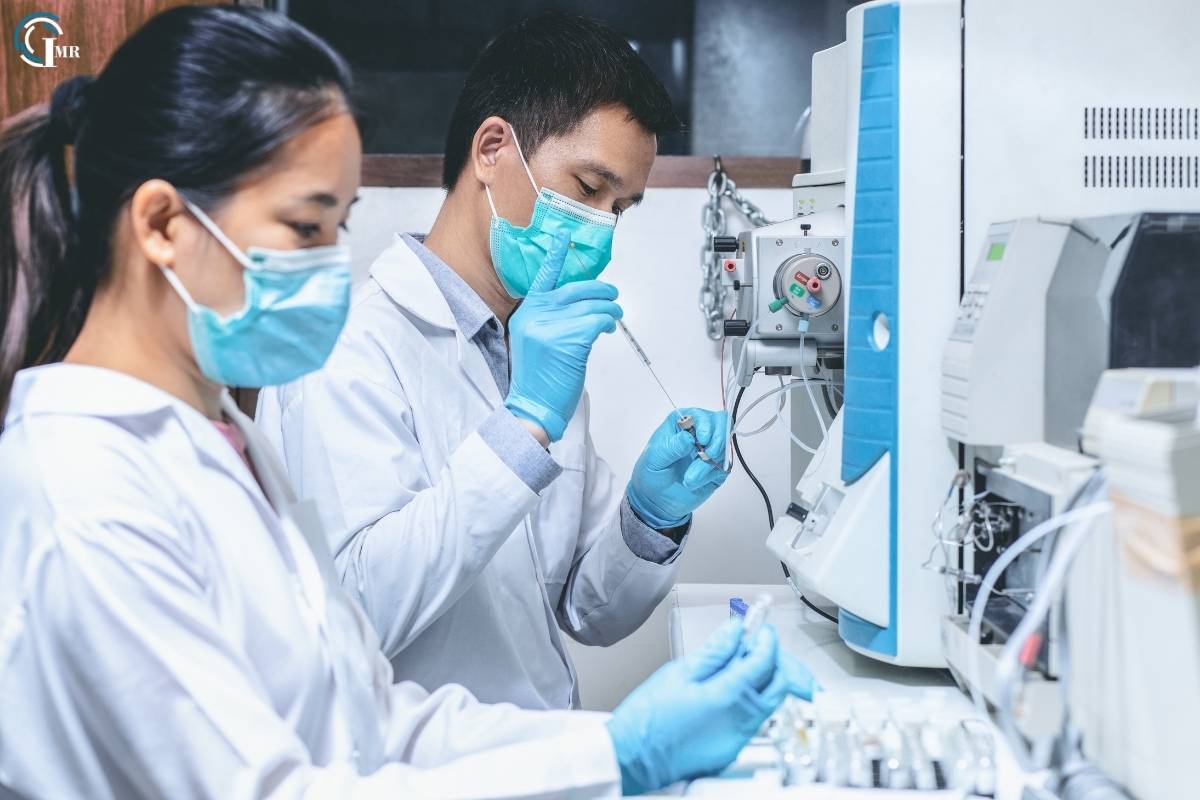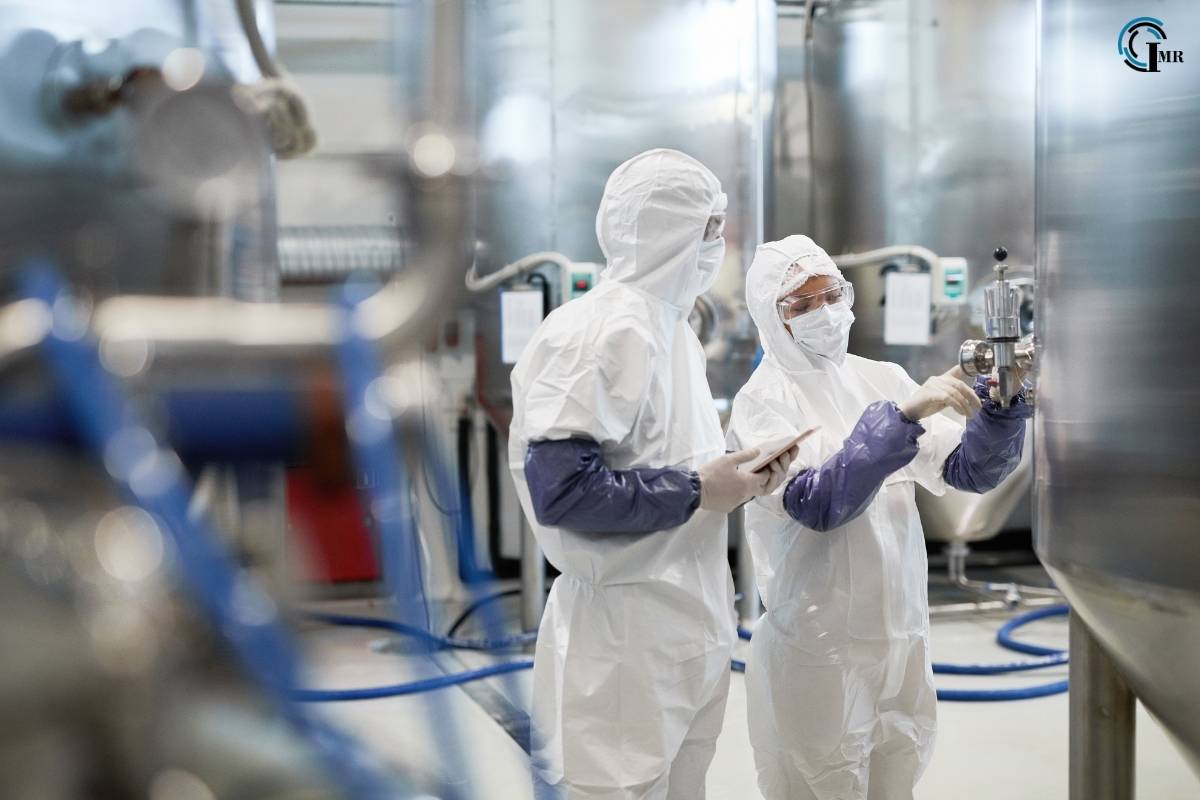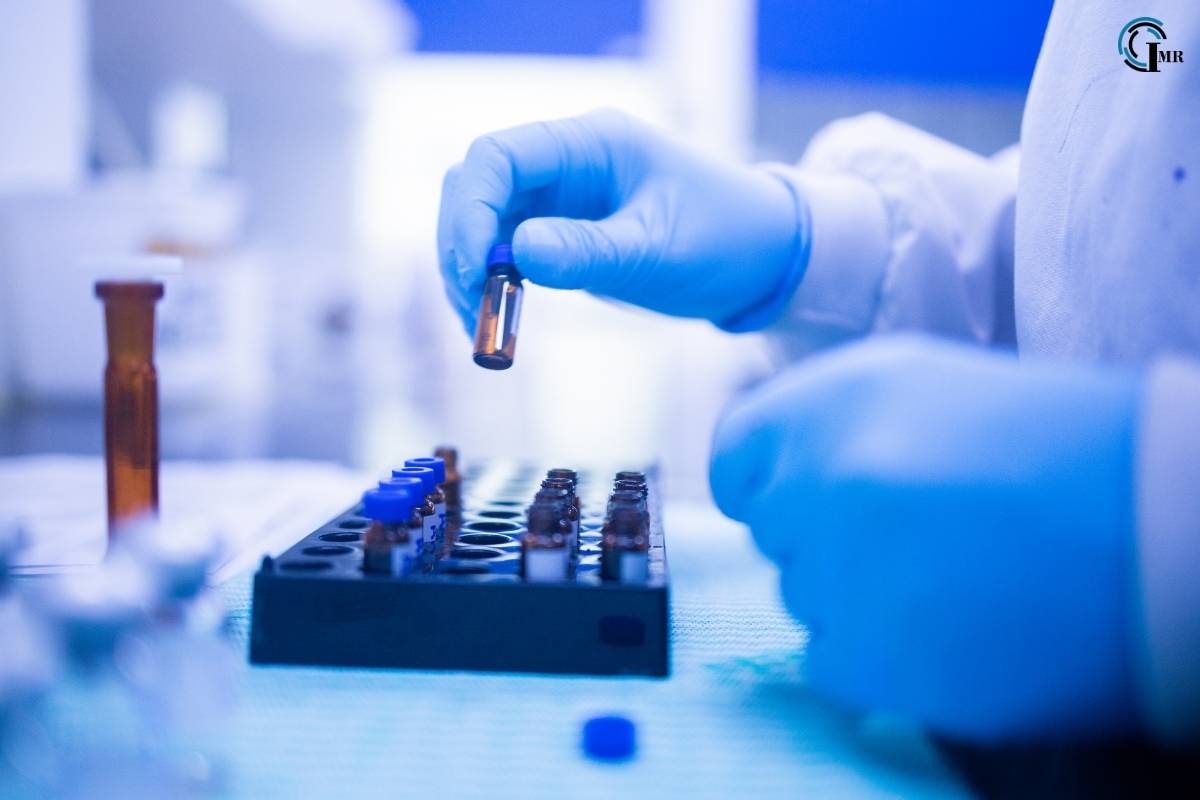Pharmacovigilance: The Cornerstone Of Safe And Effective Drug Use

Pharmacovigilance is a vital field in both medical science and public health, concentrating on the identification, evaluation, understanding, and prevention of adverse drug reactions and other medication-related issues. This discipline is crucial for enhancing patient safety and ensuring that the benefits of medications surpass their risks. With the ongoing advancement of the global pharmaceutical industry and the continuous introduction of new drugs, pharmaceutical plays an essential role in safeguarding public health and maintaining the integrity of therapeutic interventions.
What is Pharmacovigilance?
Pharmacovigilance is defined as the science and activities related to the detection, assessment, understanding, and prevention of adverse effects or any other drug-related problems. This broad field encompasses various aspects of drug safety, including monitoring the effects of drugs once they are on the market, identifying potential safety concerns, and implementing strategies to mitigate risks.
Historical Perspective
The origins of pharmaceutical can be traced back to the early 20th century when the need for systematic drug safety monitoring became evident. The thalidomide tragedy of the 1960s, where a drug prescribed for morning sickness led to severe birth defects, underscored the critical need for rigorous post-market surveillance. This disaster prompted the establishment of formal pharmaceutical systems and regulatory frameworks worldwide.
The Pharmacovigilance Process

This involves several key components:
- Data Collection: Adverse drug reactions (ADRs) and other drug-related problems are reported through various channels, including healthcare professionals, patients, and pharmaceutical companies. Reports are collected from clinical trials, observational studies, and spontaneous reporting systems.
- Data Analysis: Collected data is analysed to identify potential safety signals. This involves statistical analysis and clinical assessment to determine whether there is a causal relationship between the drug and the observed adverse effect.
- Signal Detection: Signal detection involves identifying new or previously unrecognized safety concerns. This process relies on sophisticated analytical techniques and large datasets to detect patterns and trends that may indicate a problem.
- Risk Assessment and Management: Once a potential safety issue is identified, a thorough risk assessment is conducted. This involves evaluating the severity, frequency, and potential impact of the risk. Risk management strategies are then developed to mitigate identified risks, which may include updating drug labels, restricting use, or withdrawing the drug from the market.
- Communication: Effective communication of safety information is essential to ensure that healthcare professionals and patients are aware of potential risks. This includes updating product information, issuing safety alerts, and providing educational materials.
Regulatory Framework
Pharmacovigilance is governed by a complex regulatory framework that varies by country but generally includes national and international guidelines. Key regulatory bodies include:
- The Food and Drug Administration (FDA): In the United States, the FDA oversees pharmaceutical activities, requiring pharmaceutical companies to report ADRs and adverse events. The FDA also conducts its own safety evaluations and issues warnings or recalls as needed.
- The European Medicines Agency (EMA): In Europe, the EMA coordinates pharmaceutical activities across member states. The EMA’s Pharmaceutical Risk Assessment Committee (PRAC) is responsible for assessing and managing risks associated with medicinal products.
- The World Health Organization (WHO): The WHO plays a global role in this through its Programme for International Drug Monitoring. The WHO collaborates with national pharmaceutical centers to collect and analyse data on drug safety.
Challenges in the Industry

Despite its critical importance, pharmaceutical faces several challenges:
- Underreporting: A significant issue in pharmaceutical is the underreporting of ADRs. Healthcare professionals and patients may not always report adverse effects, leading to incomplete data and potential safety concerns going unnoticed.
- Data Quality and Consistency: The quality and consistency of reported data can vary, affecting the reliability of safety assessments. Ensuring accurate and comprehensive data collection is essential for effective pharmaceutical.
- Complexity of Adverse Drug Reactions: ADRs can be complex and multifactorial, making it challenging to establish clear causal relationships between drugs and adverse effects. Some ADRs may only become apparent after long-term use or in specific populations.
- Integration of Data Sources: Integrating data from various sources, including clinical trials, observational studies, and spontaneous reports, can be challenging. Effective data integration is crucial for comprehensive safety evaluations.
- Global Variability: Differences in regulatory requirements, reporting practices, and healthcare systems across countries can complicate global pharmaceutical efforts. Harmonizing practices and ensuring international collaboration is essential for effective drug safety monitoring.
Advancements in Pharmacovigilance
Recent advancements in technology and data science have significantly enhanced pharmaceutical practices:
- Electronic Health Records (EHRs): The use of EHRs allows for real-time monitoring of patient data, improving the detection of ADRs and facilitating more comprehensive safety assessments.
- Big Data and Artificial Intelligence (AI): Big data analytics and AI algorithms can process vast amounts of data to identify safety signals and predict potential risks more efficiently. These technologies enable more proactive and precise pharmaceutical.
- Patient Reporting Systems: Innovative patient reporting systems, including mobile apps and online platforms, empower patients to report ADRs directly. This enhances the data collection process and increases awareness of drug-related issues.
- Real-World Evidence (RWE): The integration of real-world evidence from observational studies, registries, and post-marketing surveillance contributes to a more comprehensive understanding of drug safety in diverse populations.
Looking Ahead: Advancements in technology

The future of this is likely to be shaped by ongoing advancements in technology, data science, and regulatory practices. Key areas of focus include:
- Enhanced Data Integration: Improved methods for integrating and analysing data from various sources will lead to more accurate and timely safety assessments.
- Personalized Medicine: As personalized medicine becomes more prevalent, pharmaceutical will need to adapt to address safety concerns related to individualized treatments and genetic factors.
- Patient-Centric Approaches: Increasing patient engagement in drug through user-friendly reporting systems and educational initiatives will improve data collection and safety awareness.
Conclusion
Pharmacovigilance is a vital component of the healthcare system, ensuring that drugs used in medical practice are safe and effective. By continuously monitoring and evaluating drug safety, pharmaceutical helps protect public health and maintain trust in the pharmaceutical industry. As the field evolves, leveraging technological advancements and fostering global collaboration will be crucial in addressing emerging challenges and enhancing drug safety. The ongoing commitment to drug will ultimately contribute to better health outcomes and a safer therapeutic environment for patients worldwide.





Comments